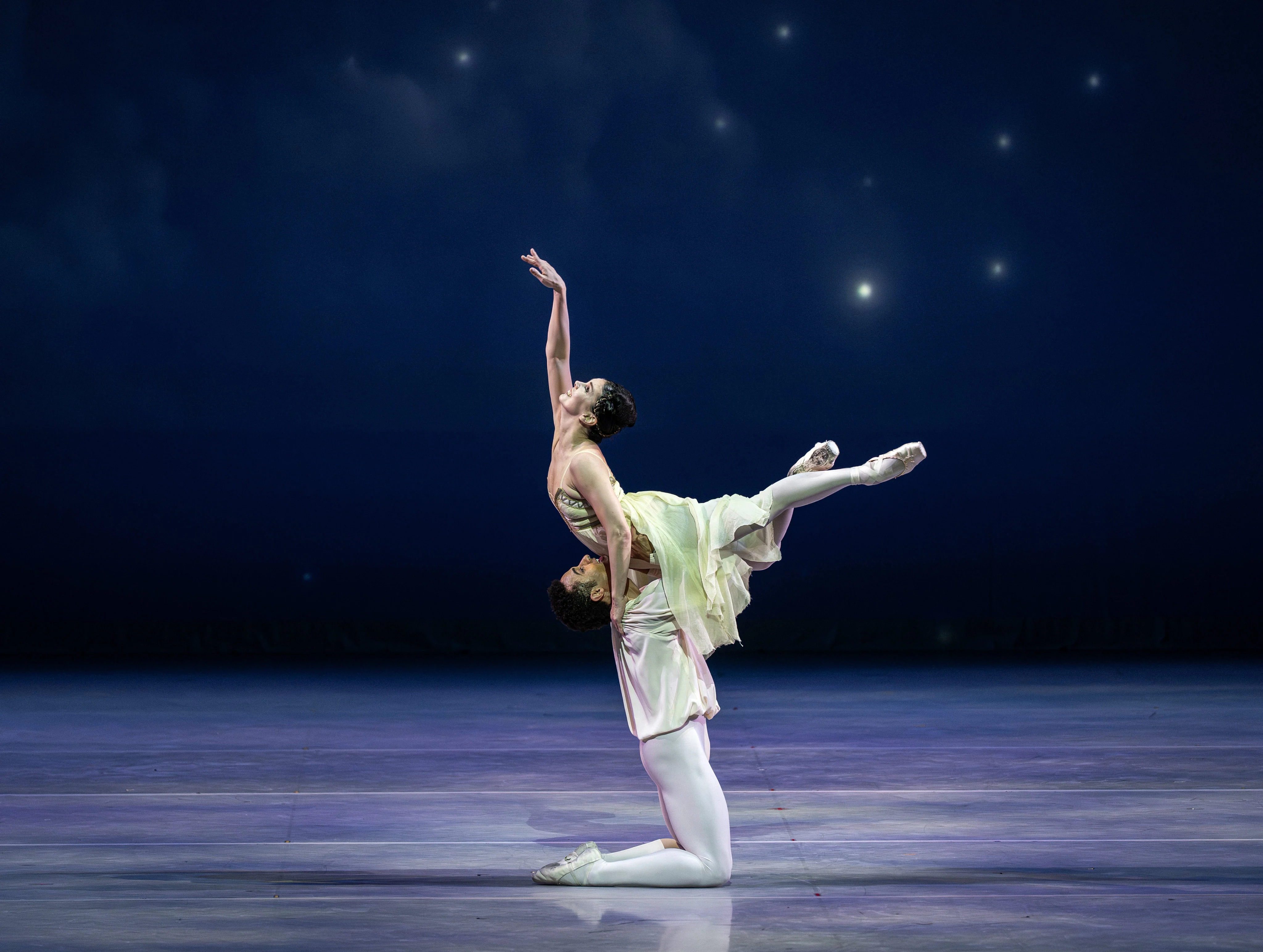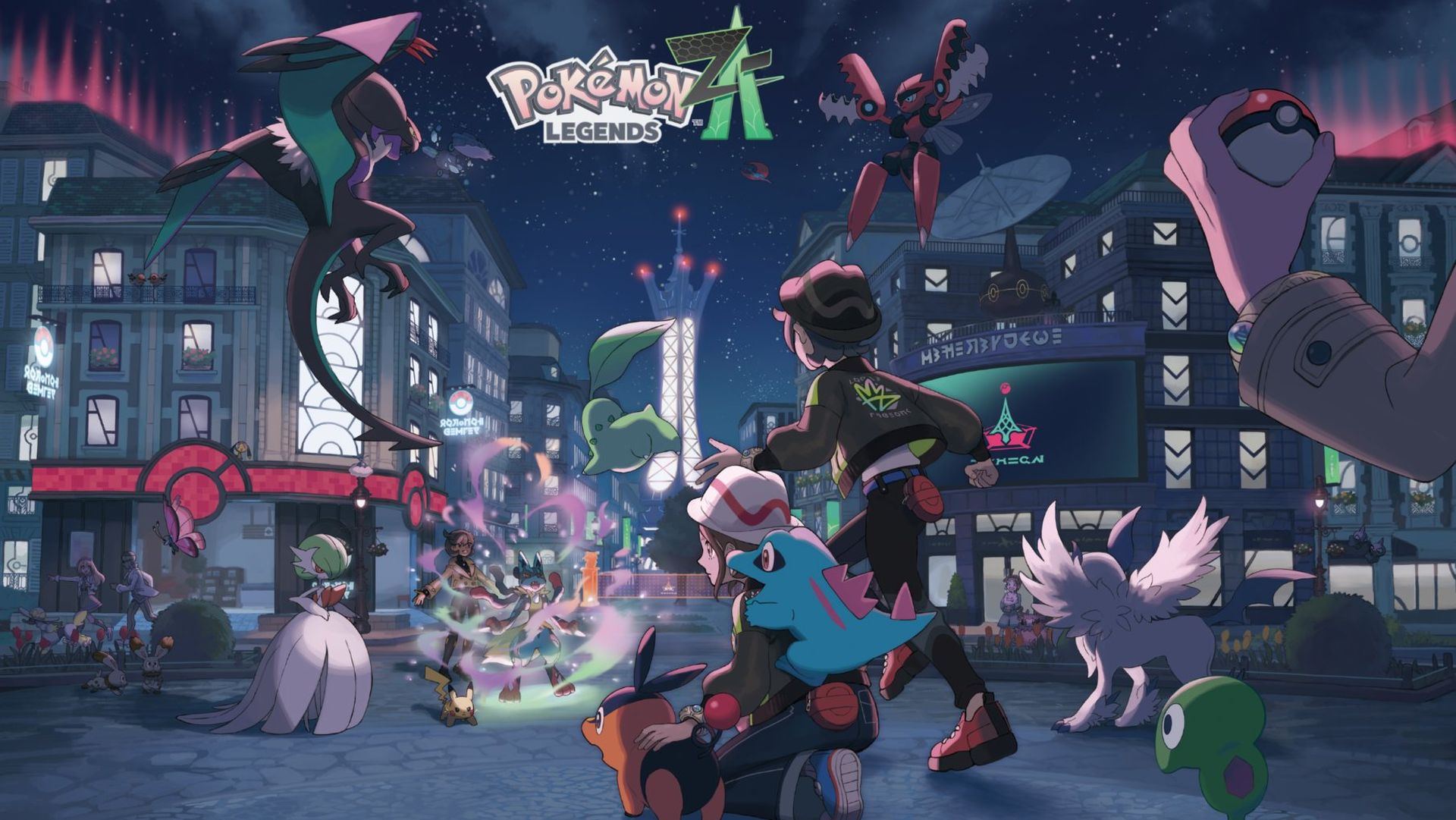Copyright scmp

“Dancer’s life. Always injury,” Natalia Osipova said philosophically. The superstar Russian ballerina had just arrived in Hong Kong for the Hong Kong Ballet’s annual gala, but, nursing a hurt foot, she could not perform Don Quixote’s demanding, virtuoso pas de deux as planned and had to substitute it with The Dying Swan instead on October 15. On the night, she also performed the Balcony pas de deux from Romeo and Juliet with fellow ballet dancer Patricio Revé. It was a coup for the Hong Kong Ballet to host Osipova, one of the biggest names in the industry and a dancer who shot to fame in 2004 after the Bolshoi Ballet’s then artistic director, Alexei Ratmansky, hired her when she was just 18 years old. She was already dancing leading roles a year later and was promoted to principal in 2010. Osipova remains grateful to Ratmansky for believing in her, especially as she faced a hostile reception from critics at the start of her career. She felt this was because she did not fit the expected ballerina mould of tall dancers with “phenomenal long legs and beautiful arched feet”, but was instead “shorter and more muscular”. She also struggled at first to control her emotions on stage: “I showed so much emotion,” she said, adding wryly, “I think I actually looked funny at that time!” The person who transformed her “from an ugly duckling” was her Bolshoi coach, Marina Kondratieva, who taught her to channel her abundance of energy and emotion to serve the narrative. “She used to tell me: you have a fantastic jump, but it looks stupid if you just jump or turn a million pirouettes without any meaning,” Osipova recalled. She explained how she uses her legendary jumps to reflect each character. As the feisty Kitri in Don Quixote, she leaps “with huge energy”. But as the tragic Giselle, she would create a floating effect to show that Giselle is a ghost and can fly. On her superb elevation, Osipova said simply: “Just natural talent. And of course, the Moscow training.” The physical demands of ballet mean that dancers have to put up with constant pain in their lives. “I can’t remember how many times I’ve danced without pills, because you always take pills before a show, anti-inflammatories and so on,” she said. “When you’re younger, it’s fine, but after 30, 35, there’s always something, your neck, your back, that hurts.” The alternative – not dancing – is worse: “I can’t live without [applause]!” A serious injury in September 2024 forced her to have surgery, but she was back on stage astonishingly quickly in December. At the age of 39, she is now focusing more on fitness and nutrition. Her weekly regime includes Pilates and physio, running for stamina, and occasionally boxing to build upper body strength. As well as being a great dancer, Osipova’s global fame has been fuelled by her colourful private life and dramatic career choices. In 2011, the news that Osipova and her then on-and-off-stage partner, Ivan Vasiliev, were leaving the Bolshoi for St Petersburg’s much lower-ranked Mikhailovsky Ballet caused a furore. It was reported that the couple were offered an astronomical deal by the Mikhailovsky’s controversial director, Vladimir Kekhman, nicknamed the “Banana King” for his successful fruit import business. Osipova said that “the money was good, but that was just a bonus”. At the time, Ratmansky’s departure from the Bolshoi had created uncertainty, and she was already spending a lot of time abroad, guesting with major companies like the American Ballet Theatre. She ultimately only stayed two years at the Mikhailovsky, failing to adapt to life in St Petersburg: “It was not my city.” Her relationship with Vasiliev having also ended, the time was ripe for another change. Kevin O’Hare, director of the Royal Ballet in England, invited her to appear in Swan Lake in October 2013, and she instantly “completely fell in love” with London and with the company, and quickly accepted an offer to join permanently. She has now been with the Royal Ballet as a principal for 11 years, and London has become home. Today, she loves dramatic, modern roles like Kenneth MacMillan’s Manon in Manon or Juliet in Romeo and Juliet because they showcase her dramatic skills but do not demand the technical virtuosity of 19th-century ballets like Swan Lake: “So I can dance that repertoire for a long time.” While she enjoys exploring new contemporary work with her own company, Bloom Dance Project – “If somebody says, ‘Who wants to do an experiment?’, I’m the one who puts my hand up” – performing roles like Juliet is “the top of the top, being on one of the best stages in the world, with one of the best companies, dancing one of the best roles”. Osipova’s personal life has stabilised after high-profile ups and downs, including her highly publicised relationship with Sergei Polunin, now persona non grata in the West for his homophobic views and support for Russian President Vladimir Putin. For the past seven years, she has been with American dancer/choreographer Jason Kittelberger. “I trust him more than myself. I know 100 per cent that he will never, ever do anything bad to me. For me, this is love,” she said. As well as their professional commitments, the couple are busy taking care of their five dogs. Kittelberger usually walks them first thing because Osipova treasures her sleep. “If I have to get up early, it really messes up my whole day!” They are keen to have children, despite a first attempt having ended in an ectopic pregnancy. Osipova has faith that medical advances will make this dream come true. “Sometimes people say that things like IVF are not natural, but I feel the opposite. This is absolutely fantastic. So I have hope.”



